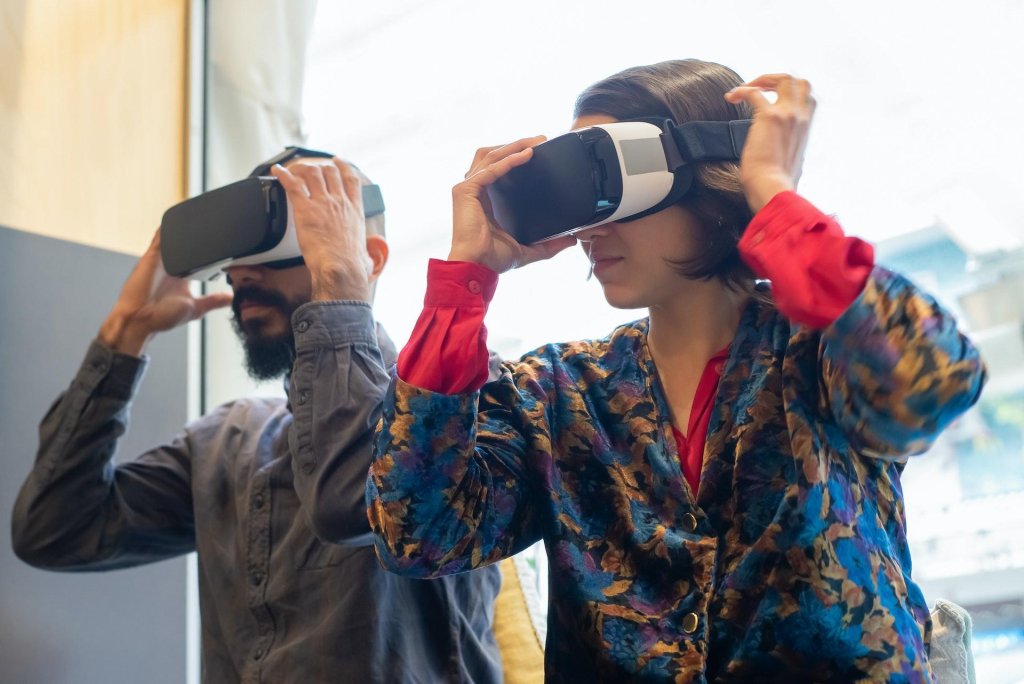As climate change deepens its impact on how we live, homeowners, buyers, sellers, builders, and innovators in the real estate industry are turning to technology for a solution.
Modern technology is helping the real estate industry minimize its carbon footprint and improve sustainability in some fascinating ways. Here are some examples of technology that are improving sustainability in the real estate industry:
#1 Green Marketplace
Nobul, a disruptive real estate marketplace founded by CEO Regan McGee, has turned the sector on its head by empowering homebuyers and sellers with expert information and sophisticated tools.
It’s improving sustainability by connecting buyers and sellers with top-rated realtors virtually. Instead of increasing their carbon footprints by driving to meet and interview different agents, users can entertain multiple realtor propositions from the comfort of their homes.
#2 Virtual Reality
The COVID-19 pandemic made it difficult for homebuyers and investors to tour properties due to physical distancing protocols. Many sellers in the real estate market responded by offering virtual reality (VR) tours. With the aid of a VR headset, buyers toured properties without visiting them physically. Not only was virtual touring convenient, but it also improved sustainability by reducing carbon footprints. The trend of homebuyers purchasing physically unseen properties by utilizing VR technology continues today.
#3 Green Concrete
Experts say that nearly 10% of the world’s total carbon emissions come from the manufacturing of cement, a key component of concrete. That’s why many developing countries that are rapidly building concrete high rises have large CO2 emissions per capita.
Scientists are responding with sustainable versions of concrete. Green concrete uses waste material as a component. It also has higher sustainability to ensure that buildings have longer lifespans. The carbon production of green concrete is lower than regular concrete too.
Other innovative building materials that improve sustainability in the real estate sector include smart glass windows that optimize a building’s temperature. Some real estate builders are using heat-reflective paint to improve temperature maintenance.
#4 Internet of Things (IoT)
In a nutshell, IoT objects are devices that use sensors, software, and hardware to connect with each other and share data. There are billions of IoT devices worldwide, and many of them are improving sustainability in the real estate industry.
For example, smart thermostats are improving cooling and heating efficiencies to lower energy bills and energy waste. Similarly, AI-powered Heating Ventilation and Air Conditioning (HVAC) systems save energy by scaling back in areas that don’t require heating and cooling.
Such HVAC systems are assisted by smart sensors that can detect occupancy. These smarter HVAC systems also utilize machine learning to find more efficient ways to manage the climate in a property.
IoT lights are improving sustainability in the real estate industry too. Such lights can use sensors and motion detectors to deactivate lights during the daytime automatically or when there’s no occupancy.
#5 Big Data
Deep learning tools are crunching Big Data to track weather patterns, traffic, and much more to improve efficiencies in the construction industry and reduce waste. Scientists are also utilizing Big Data analytics to understand if their goals for sustainability are being met.
In addition to these examples, scientists are leveraging technology to design smarter and more eco-friendly cities with high walkability scores. For example, The Line, a futuristic vertical city in Saudi Arabia, will be based on renewable energies and will lack roads, cars, and carbon emissions.
The fight against climate change is critical. The real estate industry is leveraging smart technology and creativity to improve sustainability.

